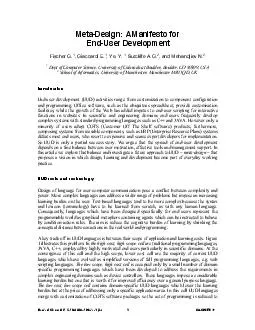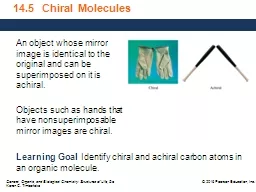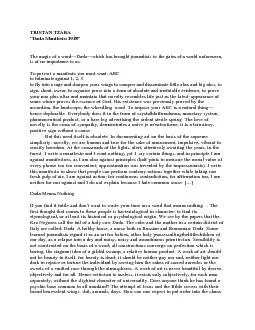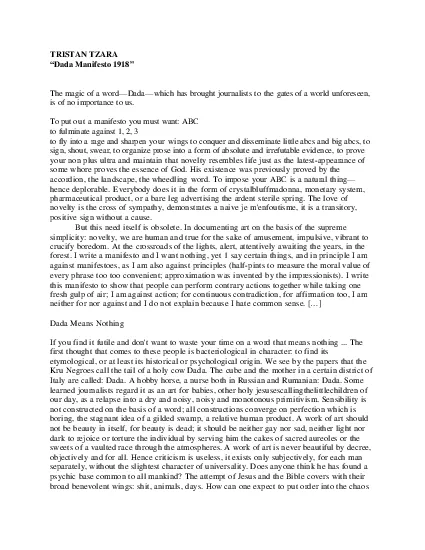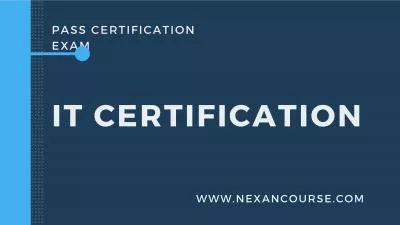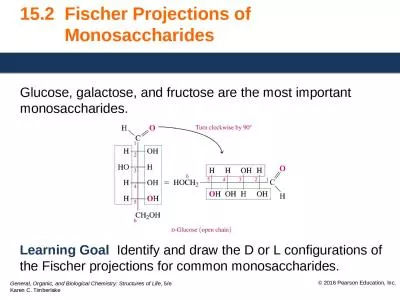PDF-FischerGiaccardiYeSutcliffeMehandjiev CACMEUD MetaDesign A Manifesto for EndUser Developm
Author : celsa-spraggs | Published Date : 2014-12-26
Giaccardi E Ye Y 1 Sutcliffe AG and Mehandjiev N Dept of Computer Science University of Colorado at Boulder Boulder CO 80309 USA 2 School of Informatics University
Presentation Embed Code
Download Presentation
Download Presentation The PPT/PDF document "FischerGiaccardiYeSutcliffeMehandjiev CA..." is the property of its rightful owner. Permission is granted to download and print the materials on this website for personal, non-commercial use only, and to display it on your personal computer provided you do not modify the materials and that you retain all copyright notices contained in the materials. By downloading content from our website, you accept the terms of this agreement.
FischerGiaccardiYeSutcliffeMehandjiev CACMEUD MetaDesign A Manifesto for EndUser Developm: Transcript
Download Rules Of Document
"FischerGiaccardiYeSutcliffeMehandjiev CACMEUD MetaDesign A Manifesto for EndUser Developm"The content belongs to its owner. You may download and print it for personal use, without modification, and keep all copyright notices. By downloading, you agree to these terms.
Related Documents

